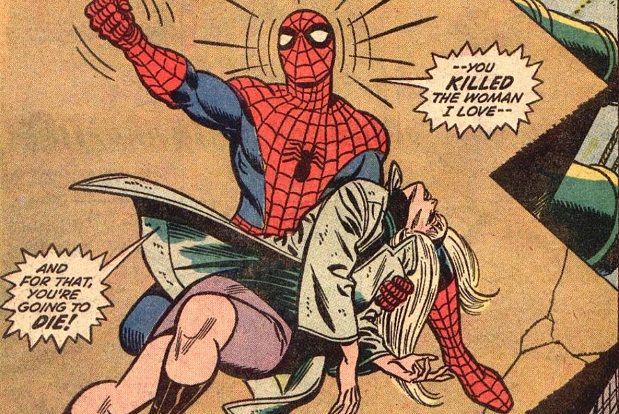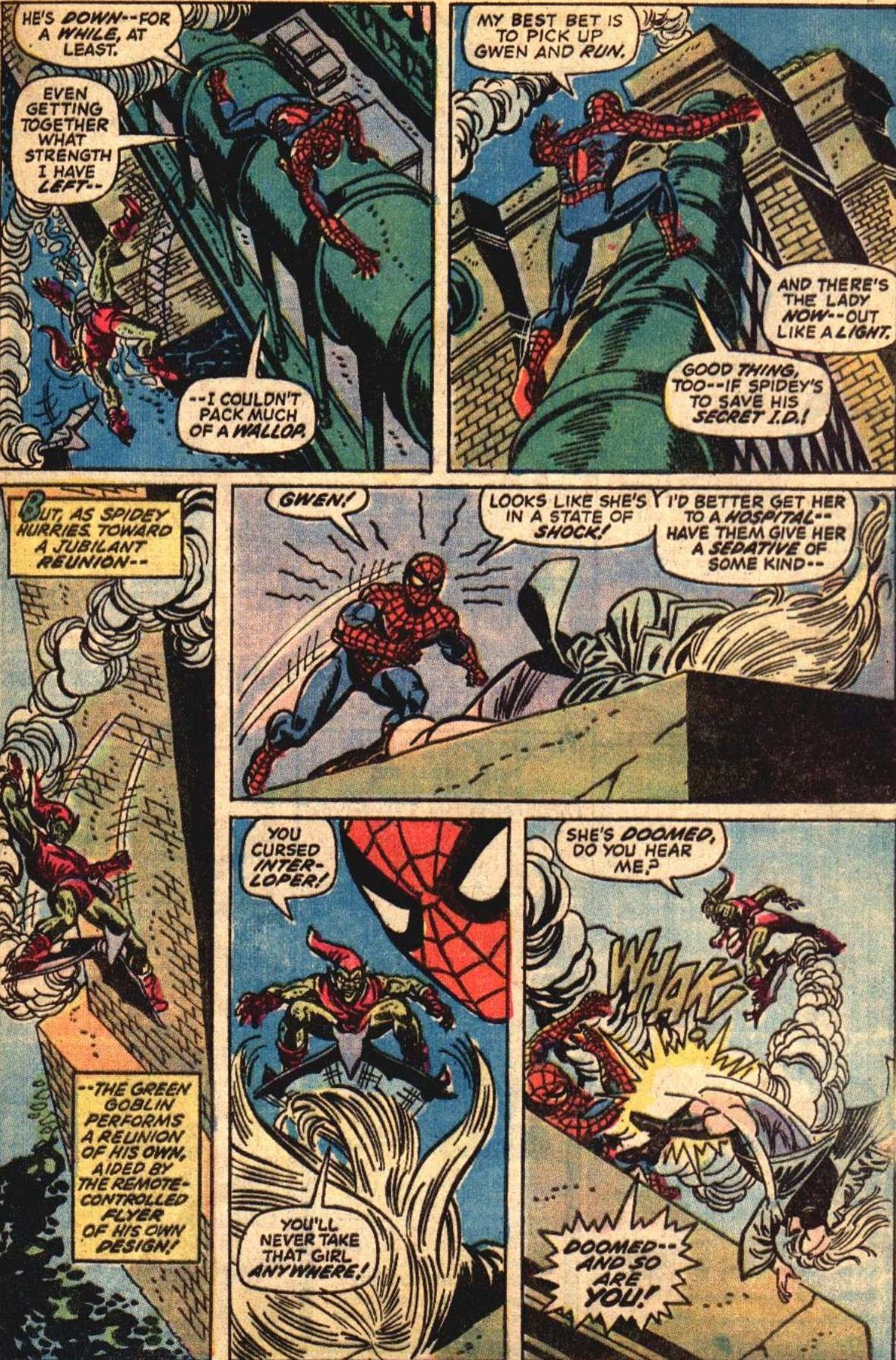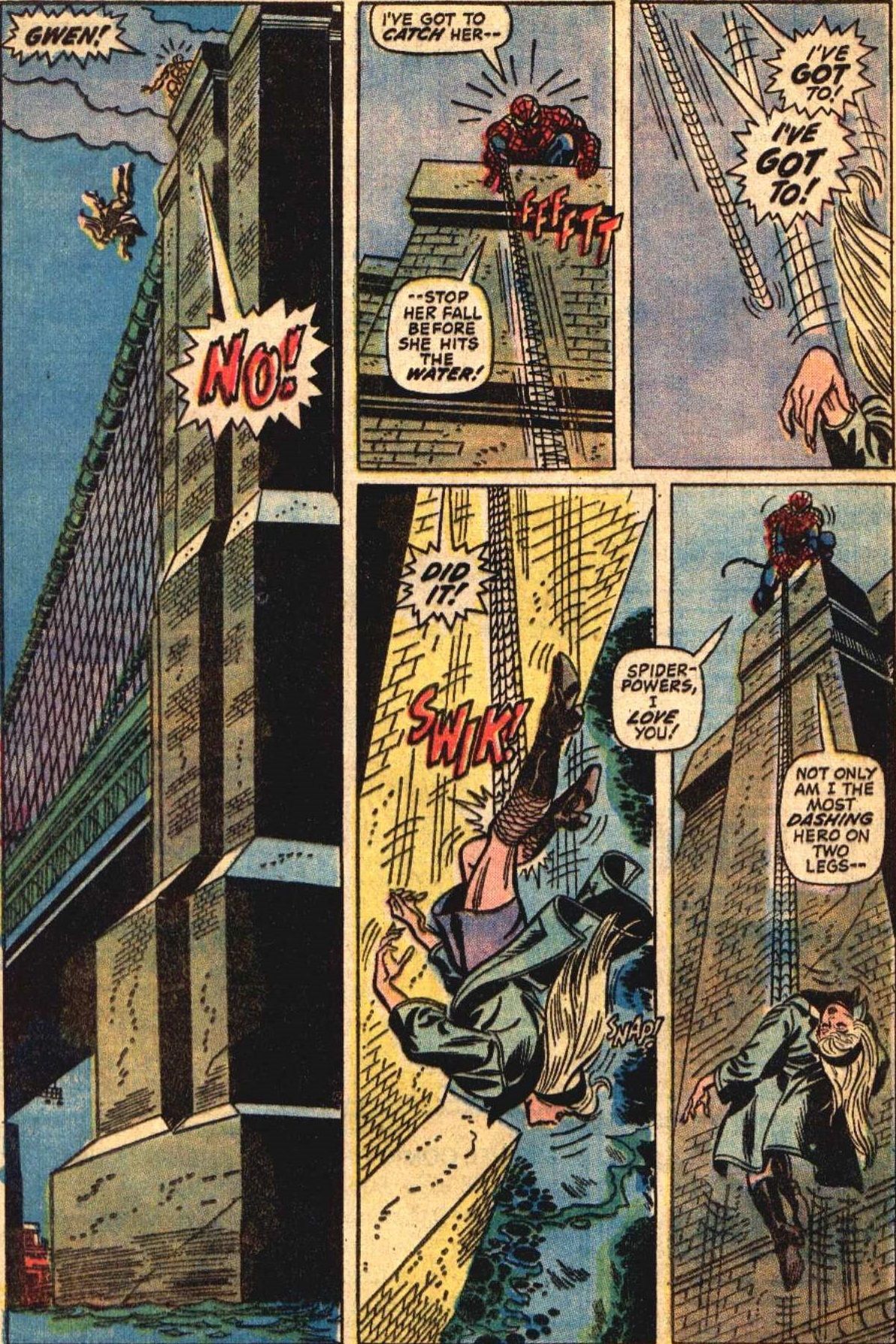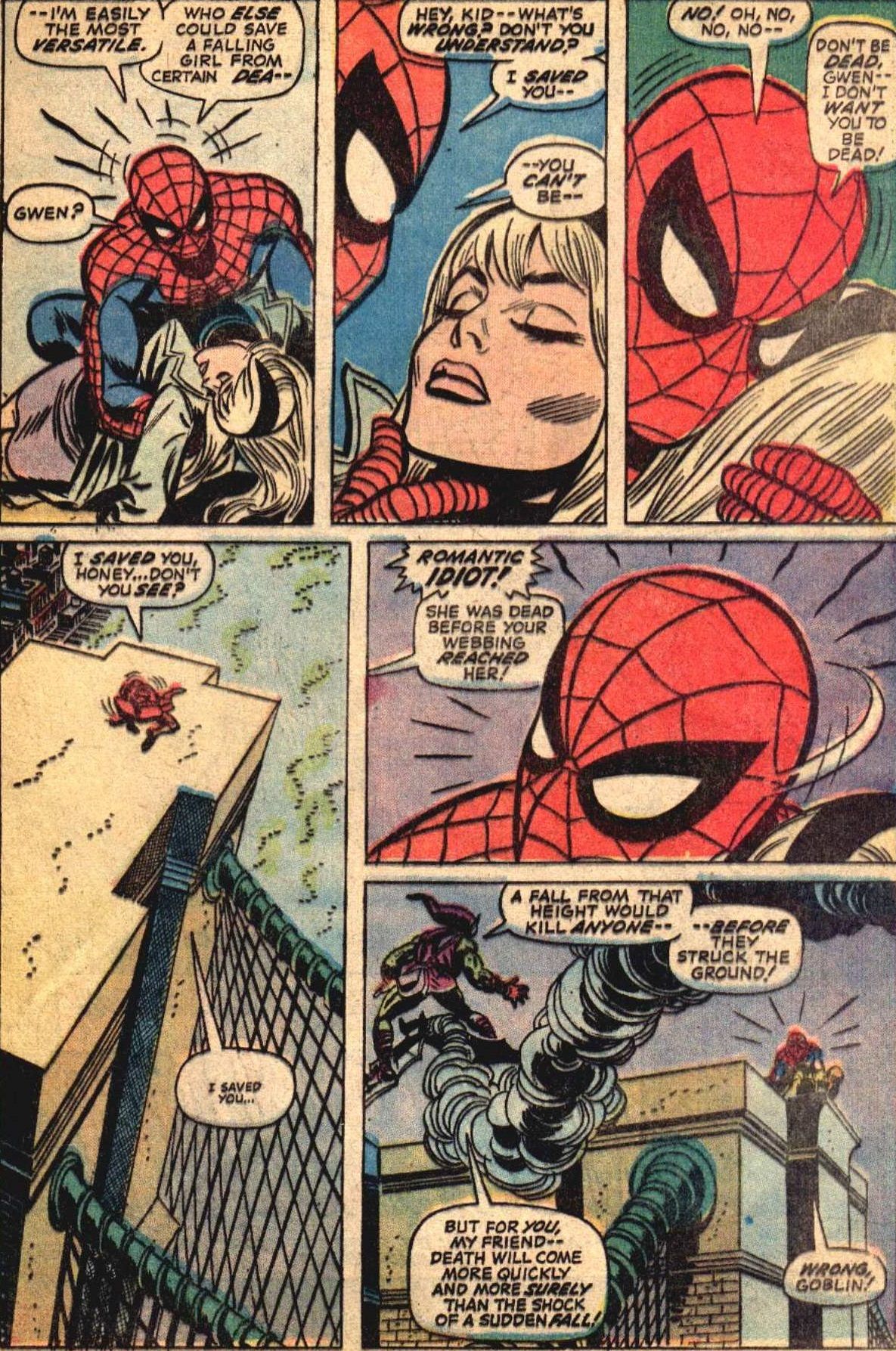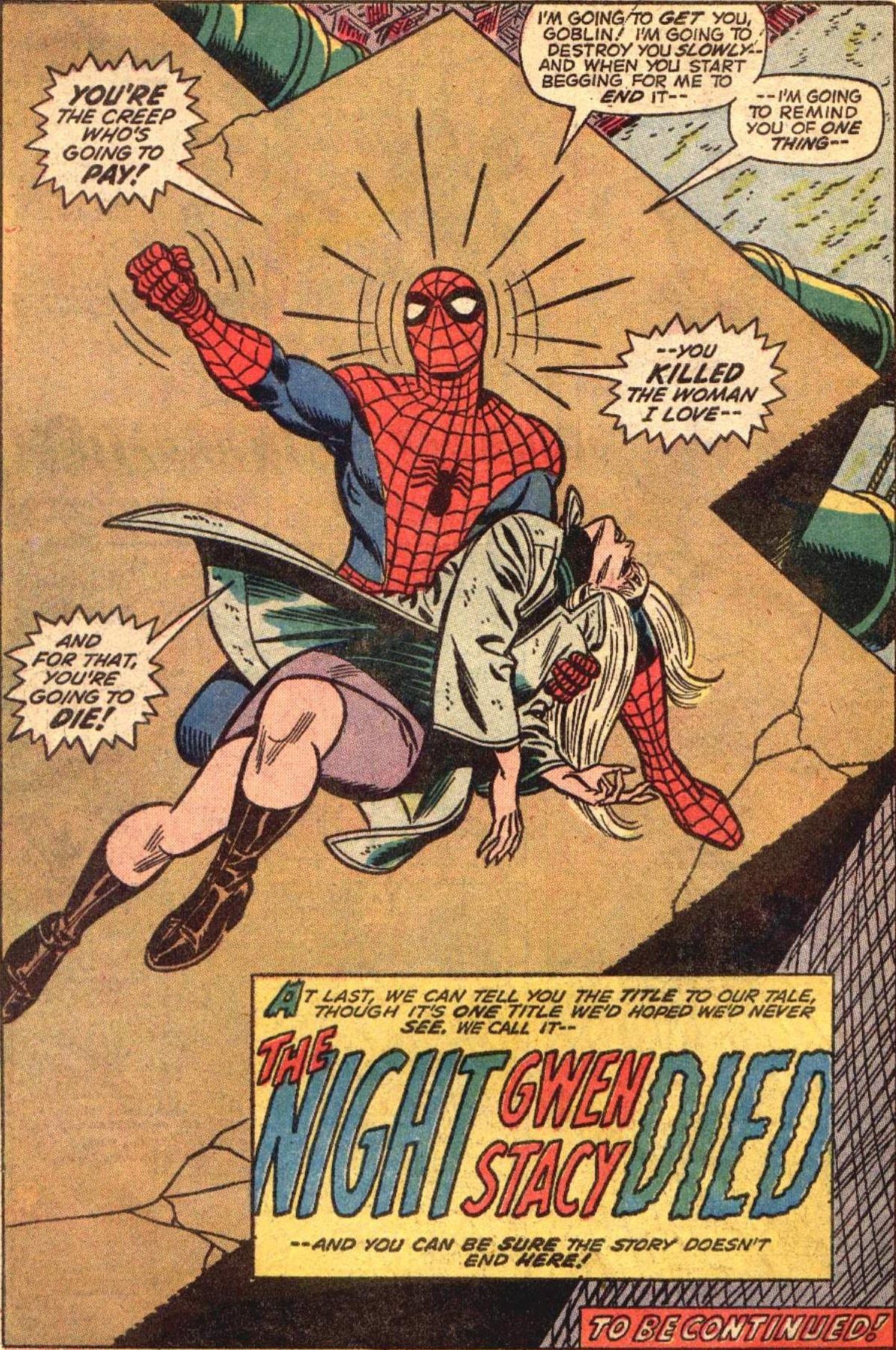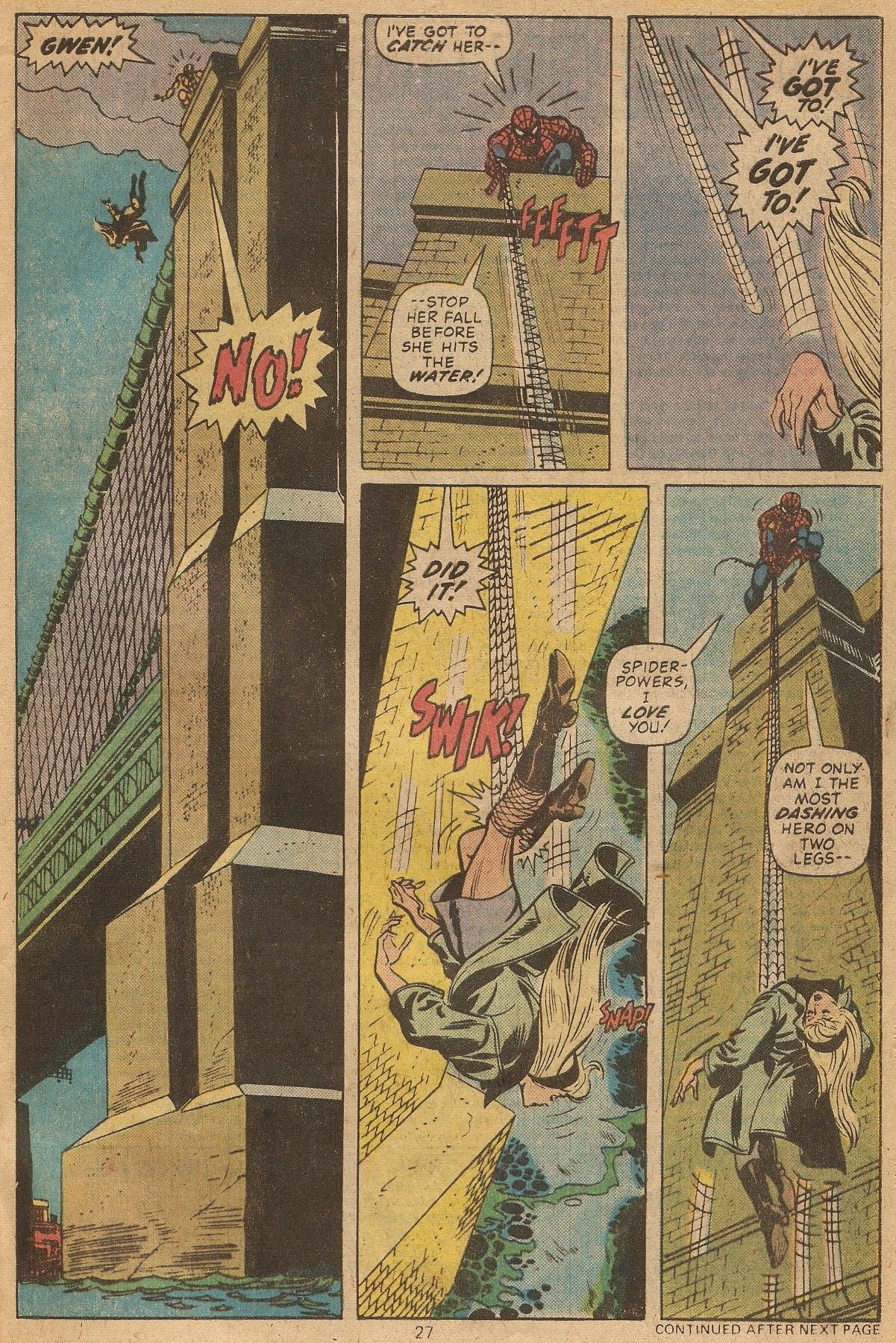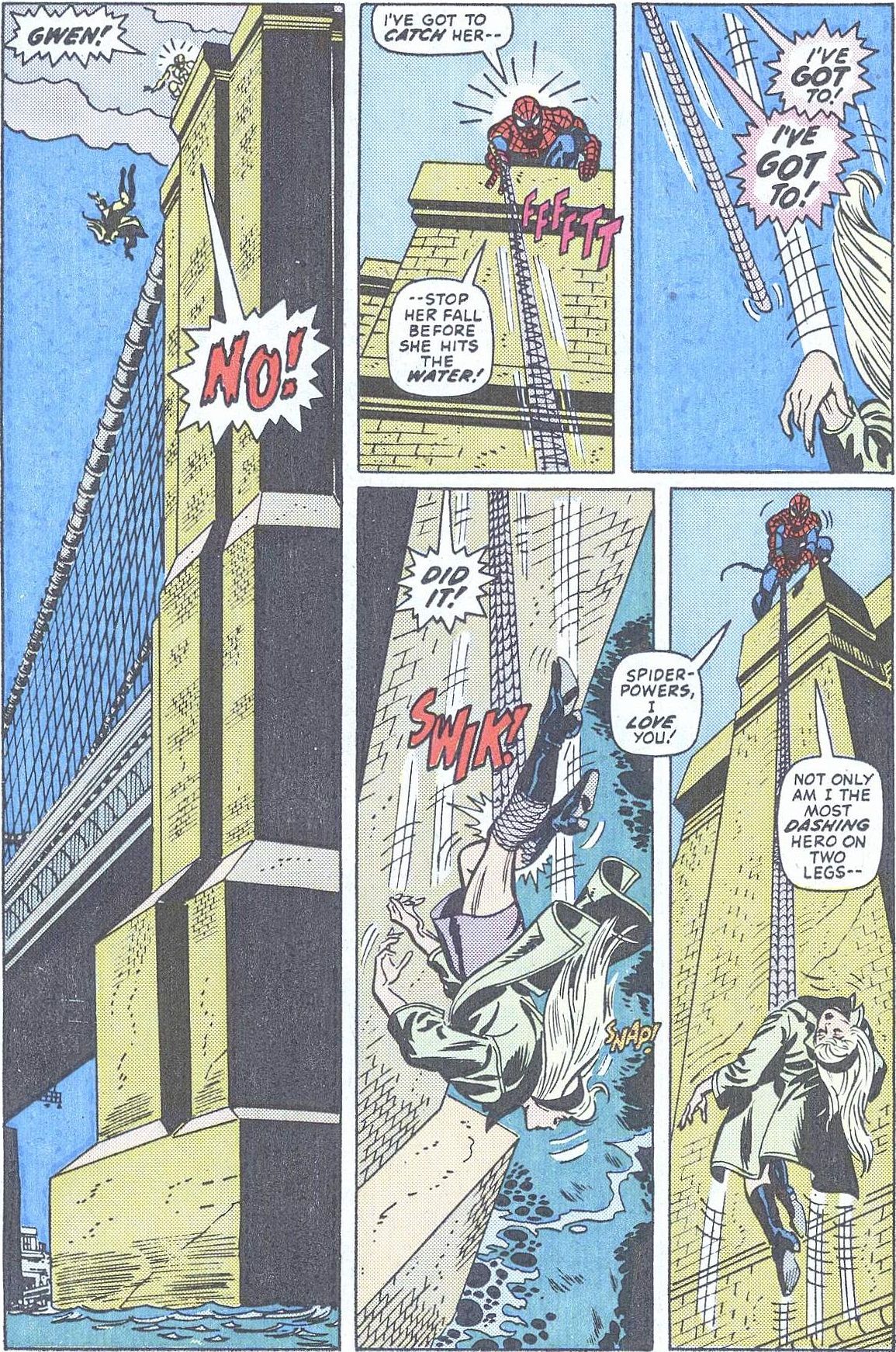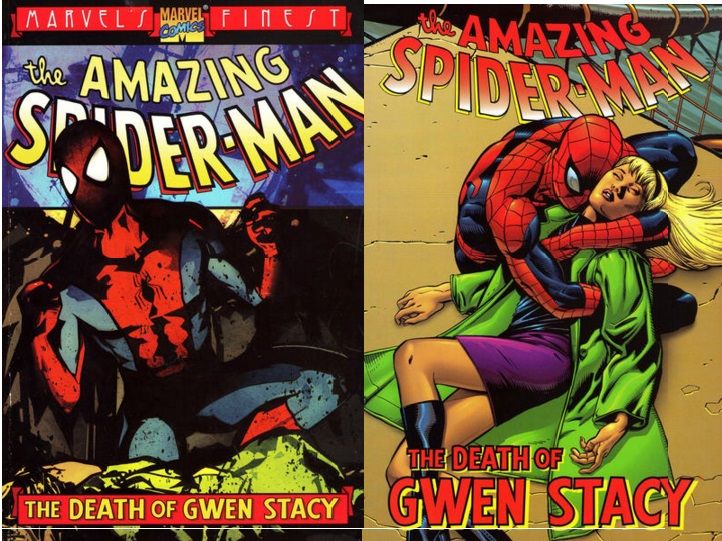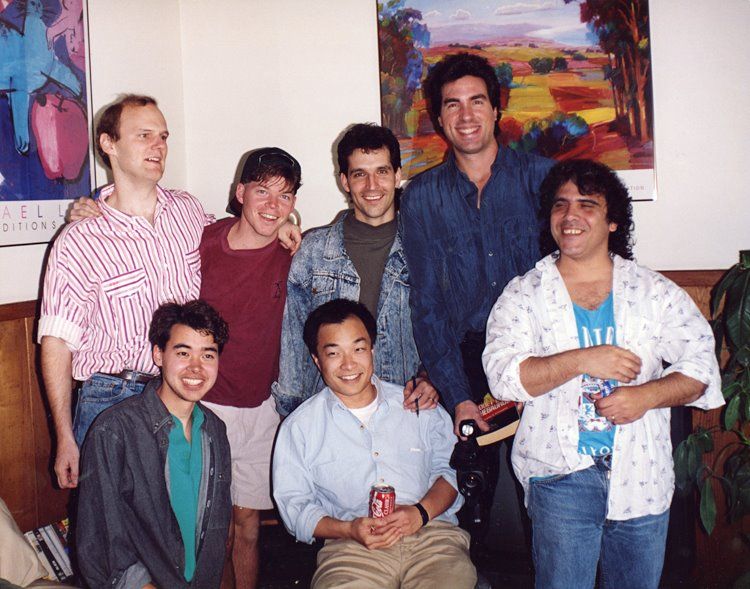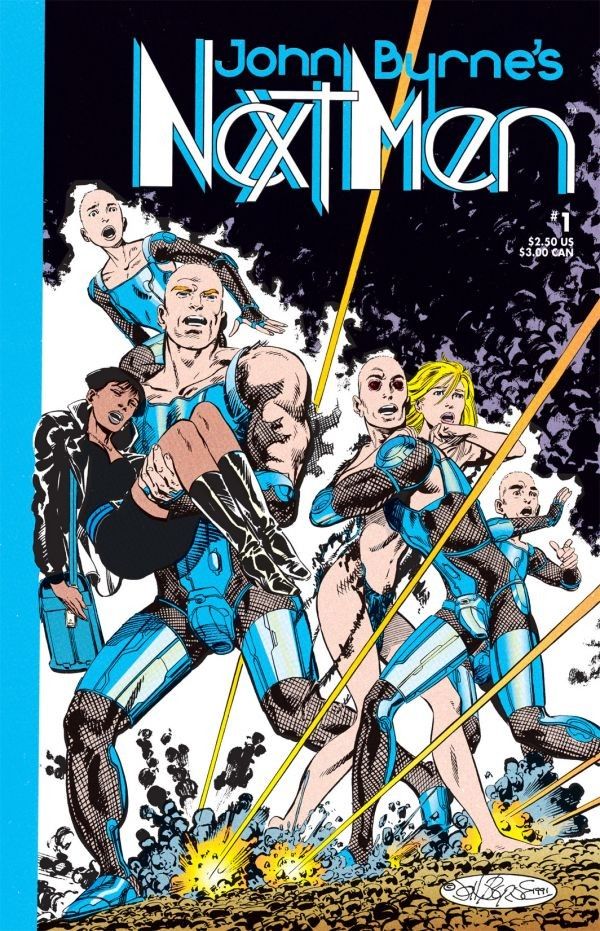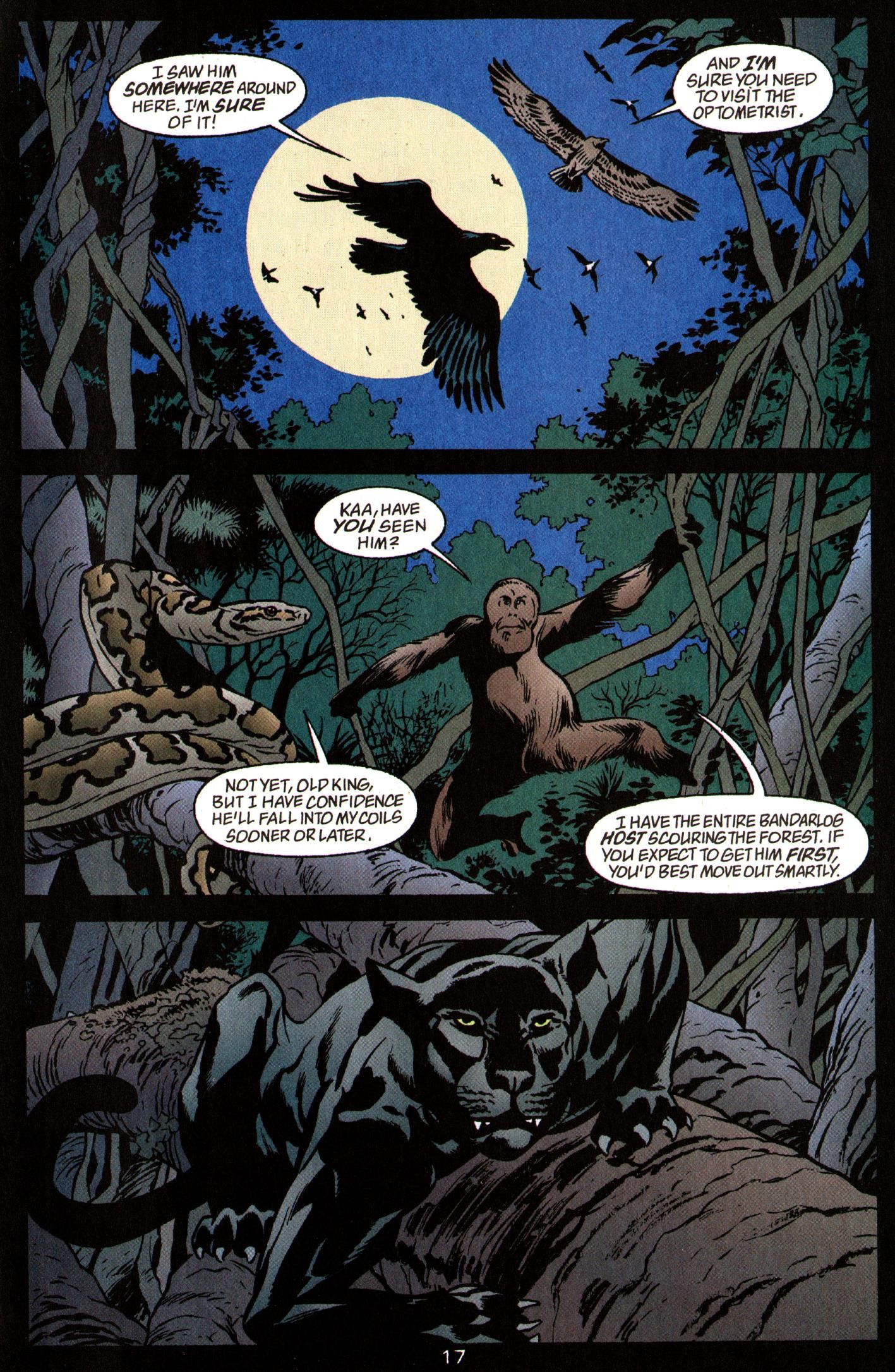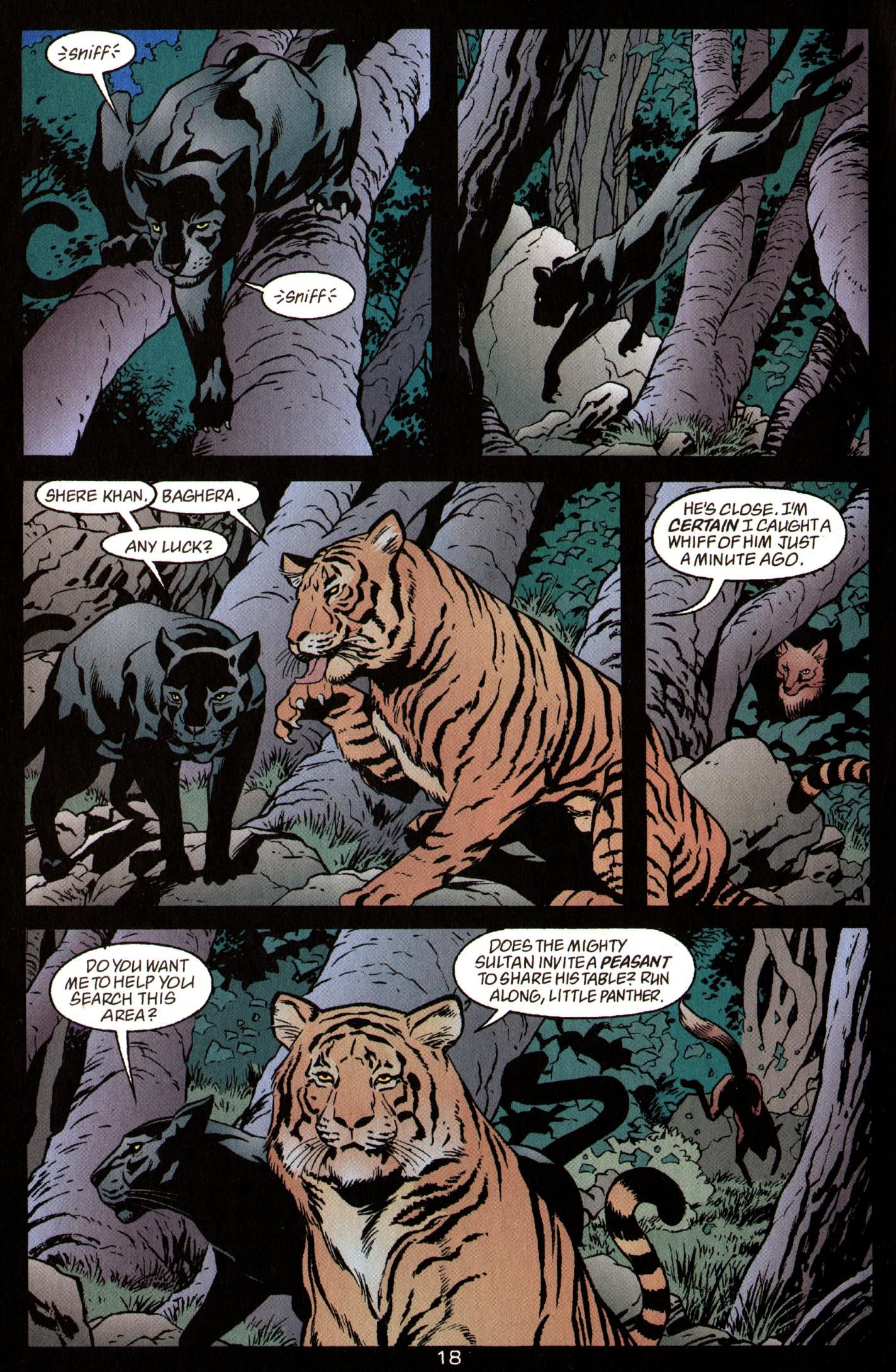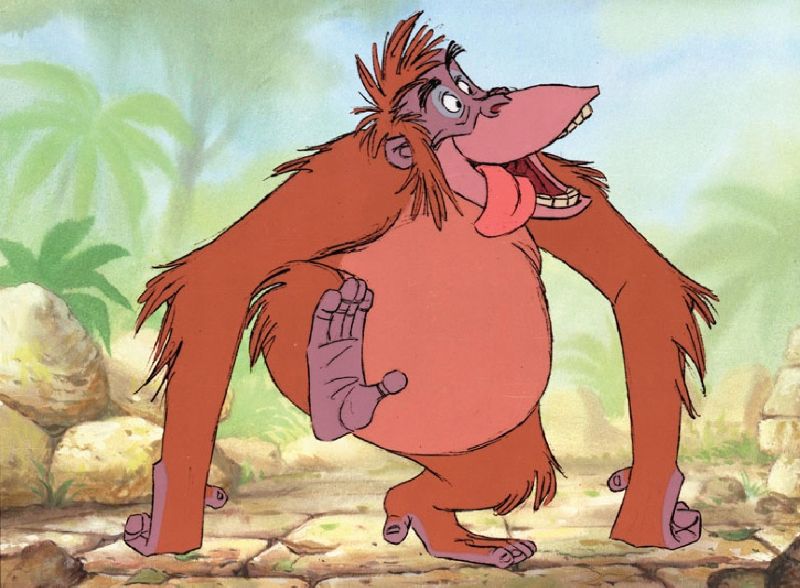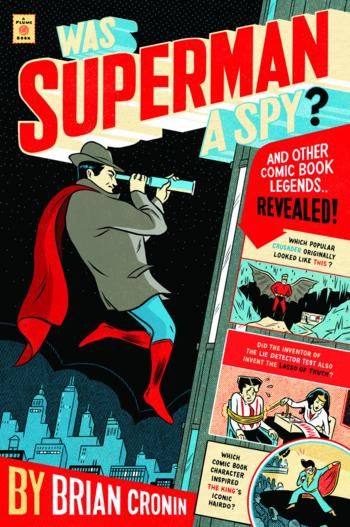Welcome to the five hundred and seventy-third in a series of examinations of comic book legends and whether they are true or false. Click here for an archive of the first five hundred (I actually haven't been able to update it in a while). This week, did Marvel edit out the "snap" when they reprinted the death of Gwen Stacy? Was John Byrne nearly part of Image Comics' start? And finally, what amusing Jungle Book-related mistake occurred in Vertigo's Fables?
Let's begin!
NOTE: The column is on three pages, a page for each legend. There's a little "next" button on the top of the page and the bottom of the page to take you to the next page (and you can navigate between each page by just clicking on the little 1, 2 and 3 on the top and the bottom, as well).
COMIC LEGEND: Marvel edited out the "snap" when they reprinted the death of Gwen Stacy.
STATUS: I'm Going With False
The other day, I tackled the question of what, exactly, killed Gwen Stacy in the famous "Death of Gwen Stacy" in Amazing Spider-Man #121 (by Gerry Conway, Gil Kane, John Romita and Tony Mortellaro)...
In the discussion, I noted that Marvel really did not like to talk about the whole "neck snapping" aspect of the comic (outside of Roy Thomas discussing the issue in the letter column in Amazing Spider-Man #125) inside the actual comics for decades until later writers started to discuss it in the comics, with Peter beginning to express guilt over how Gwen died.
This tied in with a widely reported fact that I think I've even passed along over the years. From the Wikipedia page for "The Night Gwen Stacy Died":
The original comic features a "snap" sound effect next to Gwen Stacy's head in the panel in which Spider-Man's webbing catches her, however some later reprints remove the effect.
Is that actually true, though?
I don't think it is.
The first time that the story was reprinted, as far as I can tell, was in Marvel Tales #98 in 1978. Here is the panel in that comic...
If there ever was a time when Marvel would edit the comic, it would have been in 1977, when they were downplaying the neck snapping AND that was a time when Marvel was a lot freer with editing their old comic books (like throwing in references to modern characters into reprints of Pre-Marvel Age comics).
Next was 1986's Marvel Tales #192. Here is THAT panel...
As far as I know, the story wasn't reprinted again until the 1999 Death of Gwen Stacy trade...
And then a number of times since then, but none of the more recent ones had any edits in them, especially since the whole "neck snapping" thing has now been written into a number of comics.
So unless there was a comic book that I'm unaware of that reprinted Amazing Spider-Man #121, and I don't believe that there is, then I am going with a false on this one.
Check out some entertainment and sports legends from Legends Revealed:
Did The Hunt For Red October Accidentally Reveal Secret United States Submarine Technology?
What Bob Dylan Song Was Surprisingly Inspired by Prince?
Did a Video Game Company Once Sue Viacom For Ruining the Star Trek Franchise?
How Did a Lawsuit Lead to the Dallas/Houston Governor’s Cup?
COMIC LEGEND: John Byrne was asked to be part of Image Comics' debut.
STATUS: I'm Going With True
A few weeks back, I dealt with the legend of whether Image Comics had a mysterious eight founding member. Similarly, I discussed whether Chris Claremont was a founding member of Image.
The first part of the question was just the case of a mistake by CNN that has proliferated over the years. There was never more than seven founding members of Image. Claremont, meanwhile, was going to write a comic book with Whilce Portacio at the start of Image. That comic never came about, although Claremont eventually brought his idea into the pages of WildC.A.T.s. The question there, then, was would he have been considered a founder had he done the book with Portacio?
The Image founders tend to be a bit particular with the term "founders," as they view just those first seven guys as the "founders," so even if you got in very early on, they wouldn't consider you a "Founder" (note that Hank Kanalz, the guy who co-wrote Youngblood with Rob Liefeld and is on the far left of this picture of the "Image founders" was not considered a "Founder").
(As an aside, - Whilce Portacio not being there for the photo sure has confused people over the years, hasn't it?)
That led to some interesting semantics around whether John Byrne was nearly a "founder" of Image Comics. It is true that Jim Lee did, in fact, ask John Byrne to join the group. Byrne, at the time, was already one of the few comic book stars to launch his own independent creator-owned comic book series, John Byrne's Next Men at Dark Horse Comics...
Back in 2004, Jim Lee confirmed that he DID ask Byrne, but noted (in responde to whether he asked Byrne to be an Image "founder"):
No, but I did ask him, and many other creators, to come and join us. Whether he would have been a founding father or would have been a group discussion decided by all of us. At that time, the concept of founding fathers wasn’t even existent since we hadn’t really grown beyond the original numbers we started out with.
Byrne, as you might imagine, wondered how he would not have been a founder if he was asked to join before the company released its irst comic? So that really just comes down to what you define as an Image Comics "founder." The most interesting thing is that Byrne was, indeed, approached to become part of the group right at the start. That would have been a fascinating situation.
Thanks to John Wyatt and JohnByrneDraws for the suggestion!
Check out my latest TV Legends Revealed at Spinoff Online: Does Marge Simpson seriously have giant rabbit ears hidden under her big blue hair?
COMIC LEGEND: King Louie was featured in Fables despite not actually being a "fable."
STATUS: True
Bill Willingham's Fables was an excellent comic book series that dealt with the every day lives of fairy tale characters and characters from other such fables who are forced to live in the real world. The second arc of the series (which added the artists who would become the regular art team for the series from that point forward, Mark Buckingham and Steve Leialoha) dealt with "The Farm," the place where all the animal Fables are sent because obviously they can't interact with normal humans since they're, you know, talking animals.
The animals, however, are pissed about essentially being imprisoned on the Farm. So they're thinking of a little rebellion. Reynard the fox learns of this and he is then hunted by the rebellious animals.
In one sequence, a bunch of characters from Rudyard Kipling's The Jungle Book, including King Louie the orangutan, search for him...
But here's the problem. King Louie wasn't actually in Rudyard Kipling's The Jungle Book. He was invented for the Disney film...
Played by Louis Prima, whose estate actually later sued Disney over the use of his distinctive voice for the character, which is why you no longer hear King Louie sound like Louis Prima.
Willingham, at the time, explained that it was "a very good example on why it's best to go back to the source material before one embarks on a major story, rather than rely on often faulty memory of which characters were original canon and which weren't."
Awesome.
Okay, that's it for this week!
Thanks to the Grand Comics Database for this week's covers! And thanks to Brandon Hanvey for the Comic Book Legends Revealed logo!
Feel free (heck, I implore you!) to write in with your suggestions for future installments! My e-mail address is cronb01@aol.com. And my Twitter feed is http://twitter.com/brian_cronin, so you can ask me legends there, as well!
Here's my newest book, Why Does Batman Carry Shark Repellent? The cover is by Kevin Hopgood (the fellow who designed War Machine's armor).
If you want to order a copy, ordering it here
gives me a referral fee.
Follow Comics Should Be Good on Twitter and on Facebook (also, feel free to share Comic Book Legends Revealed on our Facebook page!). Not only will you get updates when new blog posts show up on both Twitter and Facebook, but you'll get original content from me, as well!
Here's my book of Comic Book Legends (130 legends - half of them are re-worked classic legends I've featured on the blog and half of them are legends never published on the blog!).
The cover is by artist Mickey Duzyj. He did a great job on it...(click to enlarge)...
If you'd like to order it, you can use the following code if you'd like to send me a bit of a referral fee...
Was Superman a Spy?: And Other Comic Book Legends Revealed
See you all next week!

